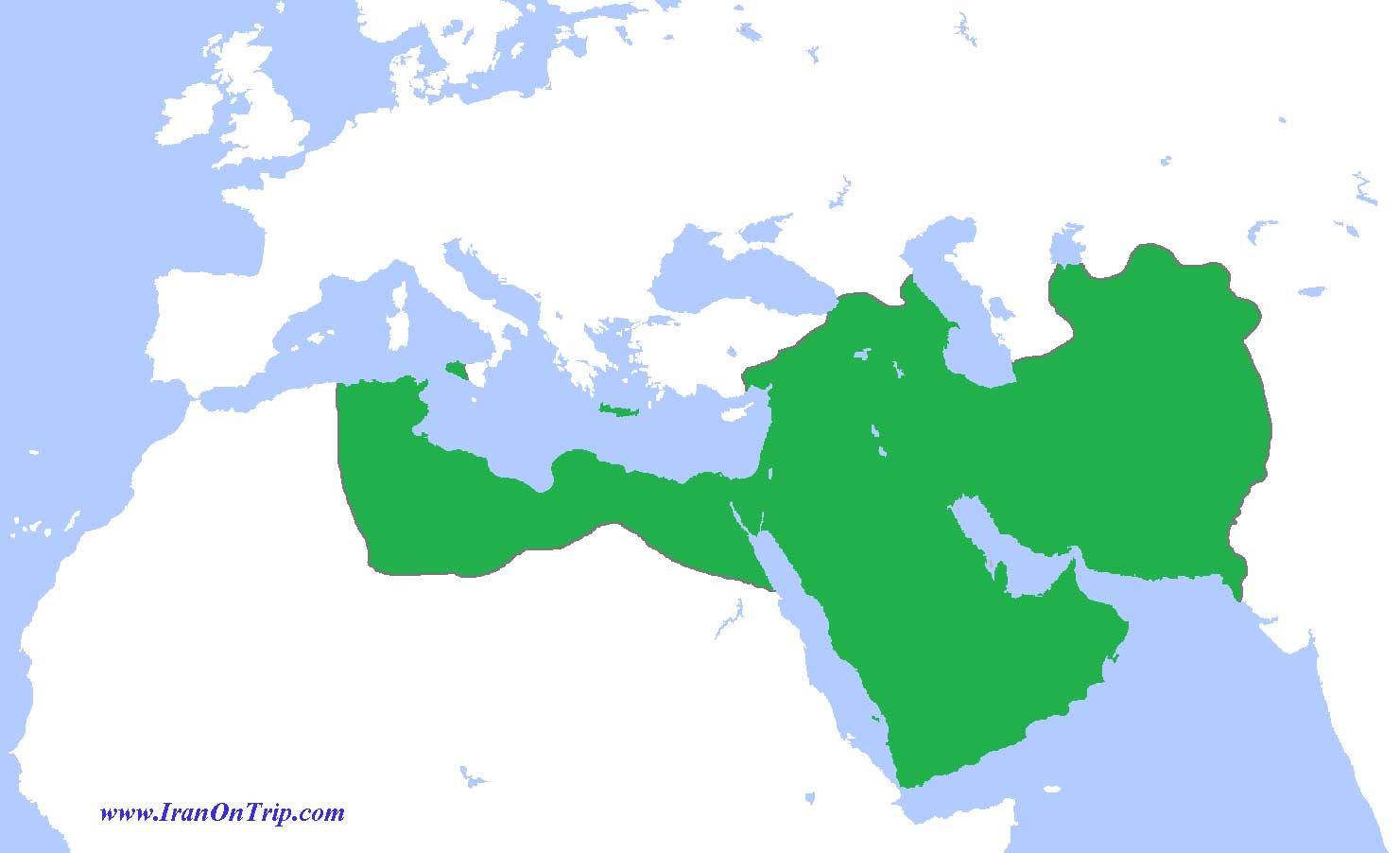Abbasids in Persia

The Omayyad dynasty and the empire of Islam were interchangeable terms, but this is not true of the Abbasid dynasty, which was never acknowledged in Spain and from the first but intermittently in Africa. In Persia, as will be seen, independent dynasties arose as the Caliph grew weak, until the appalling cataclysm of the Mongol invasion, sweeping across Iran, ended the degenerate house of Abbas and with it the Caliphate. A second fact of special importance, so far as Persia is concerned, is that the Abbasids owed their success to armies raised in Khorasan, on which they relied to maintain the dynasty against the Arabs. The martial vigour of the latter had naturally deteriorated, owing to the luxury which their extraordinary successes had induced and the system whereby they were maintained, without working, at the expense of the Moslem empire, just as in later days the Manchus were maintained in China.
The ascendancy of the Persians over the Arabs, that is to say of the conquered over the victors, had already for a long while been in course of preparation ; it became complete when the Abbasids, who owed their elevation to liie Persians, ascended the throne. These princes made it a rule to be on their purd against the Arabs, and to put their trust only in foreigners, Persians, opecially those of Khorasan, with whom, therefore, they had to make friends.
A much more serious danger than the rebellions in Persia threatened Mansur when Medina and Basra rose to support the claims of the house of Ali. The rebellious cities were dealt with one after the other, and at Medina the Pretender was deserted and fell fighting. His brother Ibrahim took possession of Basra and then of Kufa, but he, too, fell in battle after almost winning the day, and his army broke up and dispersed.
Harun ar Rashid, the caliph of the Arabian Nights, actively supported intellectual pursuits, but the great flowering of Arabic culture that is credited to the Abbasids reached its apogee during the reign of his son, Al Mamun (813-33). After the death of Harun ar Rashid, his sons, Amin and Al Mamun, quarreled over the succession to the caliphate. Their dispute soon erupted into civil war. Amin was backed by the Iraqis, while Al Mamun had the support of the Iranians. Al Mamun also had the support of the garrison at Khorasan and thus was able to take Baghdad in 813. Although Sunni Muslims, the Abbasids had hoped that by astute and stern rule they would be able to contain Shia resentment at yet another Sunni dynasty. The Iranians, many of whom were Shias, had hoped that Al Mamun would make his capital in their own country, possibly at Merv. Al Mamun, however, eventually realized that the Iraqi Shias would never countenance the loss of prestige and economic power if they no longer had the capital. He decided to center his rule in Baghdad.
Disappointed, the Iranians began to break away from Abbasid control. A series of local dynasties appeared: the Tahirids (821- 873), the Suffarids (867-ca. 1495), and the Samanids (819-1005). The same process was repeated in the West: Spain broke away in 756, Morocco in 788, Tunisia in 800, and Egypt in 868. In Iraq there was trouble in the south. In 869, Ali ibn Muhammad (Ali the Abominable) founded a state of black slaves known as Zanj. The Zanj brought a large part of southern Iraq and southwestern Iran under their control and in the process enslaved many of their former masters. The Zanj Rebellion was finally put down in 883, but not before it had caused great suffering.
The Sunni-Shia split had weakened the effectiveness of Islam as a single unifying force and as a sanction for a single political authority. Although the intermingling of various linguistic and cultural groups contributed greatly to the enrichment of Islamic civilization, it also was a source of great tension and contributed to the decay of Abbasid power.
.....
.....
.....

.jpg)



























